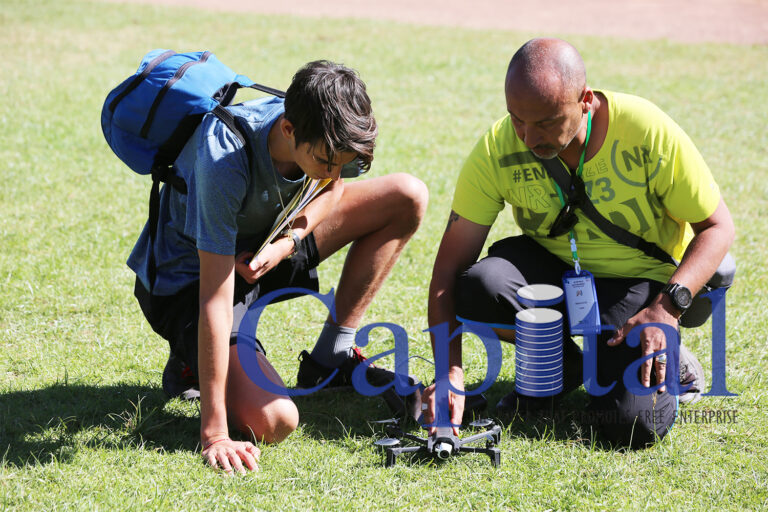A challenge grant will be jointly launched to identify local innovators capable to co-design, experiment and implement technology-driven solutions to monitor the outbreak, and advance preventive measures including awareness-raising, disease surveillance and citizen action, among others. UNDP plans to make an initial contribution of half a million US dollars and, depending on the success of the challenge grant, will potentially double the contribution.
The partnership is part of a broader programmatic offer by UNDP to tackle COVID19, which also includes analysis on socio-economic impacts; support to the Government of Ethiopia in ensuring business continuity focusing on critical government functions in the wake of the pandemic; and addressing the negative impact of the pandemic on micro, small and medium-sized enterprises and employment (in both the formal and informal sectors). UNDP will work with the rest of the UN family and other development partners on these issues.
The MoU was signed virtually by Sisay Tola, State Minister of Ministry of Innovation and Technology and Turhan Saleh, UNDP Resident Representative for Ethiopia. State Minister Sisay Tola said, “The support will focus on coordination and harmonization of individual, government and stakeholders efforts in research, technology and innovation to prevent COVID-19 and reduce its impact in the country. ” Resident Representative Turhan Saleh noted on this occasion that ‘….this is a great opportunity for the tech and innovator community in Ethiopia – mostly young women and men – to show what smart ideas and applications, delivered quickly, can make a big difference in the fight against COVID-19. Others e.g. in South Korea have done it. So can we.’





